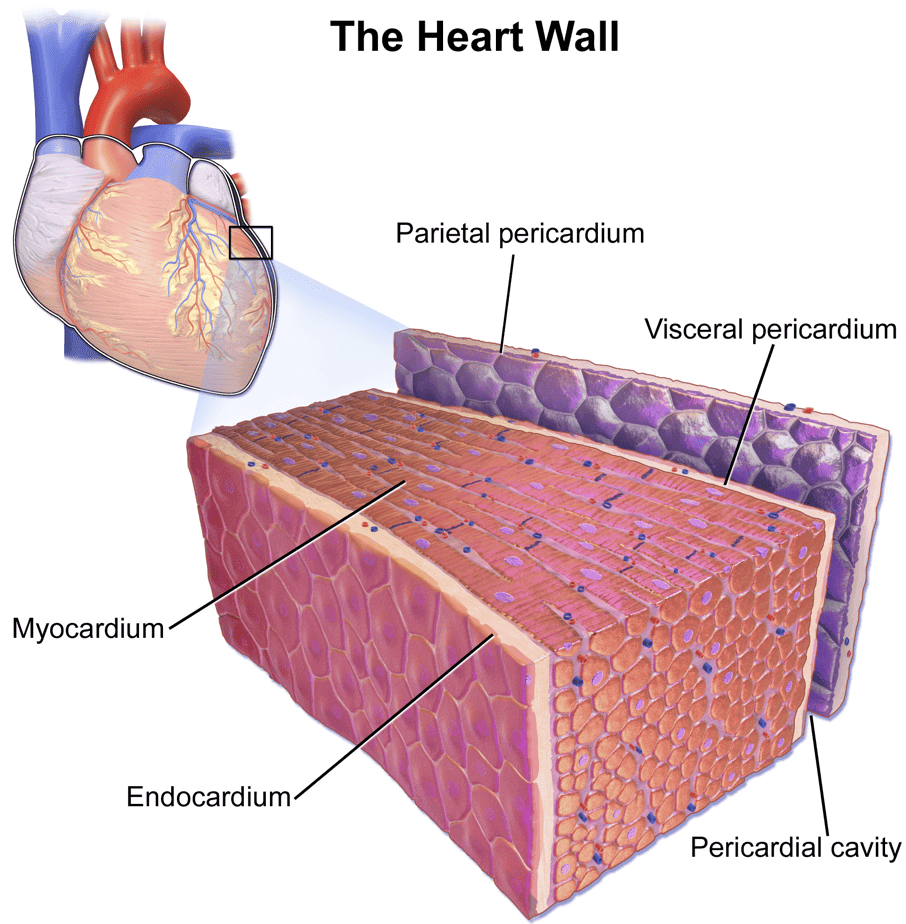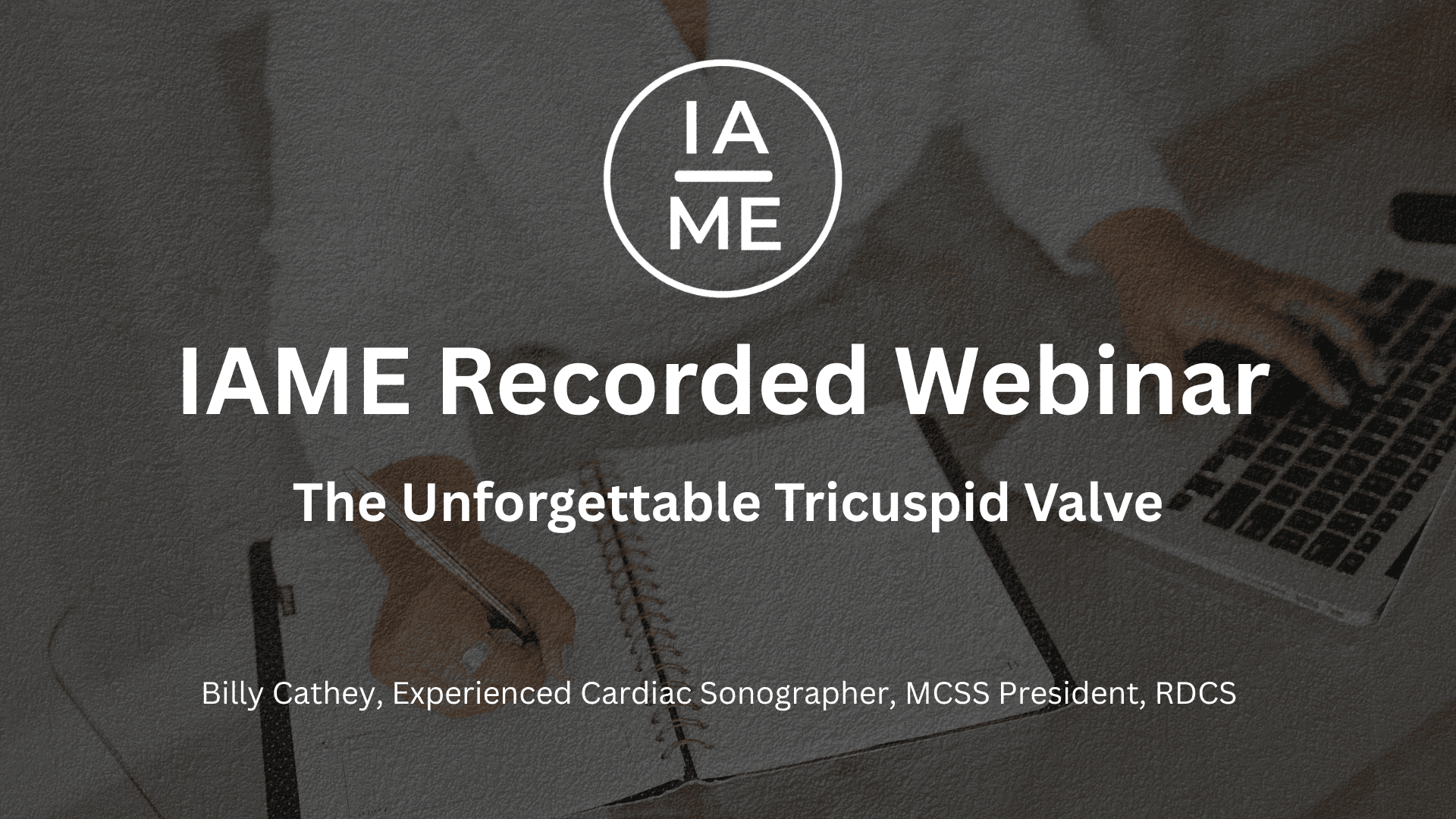
Pericardial Effusion: An Update
0% Complete
Course Overview
Learn to identify and assess pericardial effusions and tamponade using echocardiography, understand clinical implications, and differentiate pathologies.
Objectives
After completing this activity, the participant will:
Identify and develop the ability to accurately identify echocardiographic signs of pericardial effusion and tamponade, including the assessment of pericardial fluid accumulation, chamber collapse, and hemodynamic changes.
Differentiate Pathologies: Gain proficiency in differentiating between various types of pericardial effusions, understanding the underlying etiologies, and recognizing the distinct echocardiographic features associated with each condition.
Understand the clinical implications of pericardial effusions and tamponade, including their impact on cardiac function and patient symptoms.
Interpret echocardiographic findings in the context of hemodynamic changes, recognizing signs of compromised cardiac output, venous congestion, and the pulsus paradoxus phenomenon.
Understand how echocardiography plays a pivotal role for physicians to help diagnose and aid in treatment guidelines.
Target Audience
Cardiologists, echocardiographers, and others who perform and/or interpret echocardiography.
Faculty & Disclosure
Faculty
Jess Hooley, ACS, BS, RCS
Advanced Cardiac Sonographer and Co-Founder of CardioConnections
Phoenix, Arizona
Britni James, RCS
Registered Cardiac Sonographer and Co-Founder of CardioConnections
Phoenix, Arizona
Disclosure
In compliance with the Essentials and Standards of the ACCME, the author of this CME tutorial is required to disclose any significant financial or other relationships they may have with commercial interests. Jess Hooley and Britni James disclose no such relationships exist. IAME has assessed conflict of interest with its faculty, authors, editors, and any individuals who were in a position to control the content of this CME activity. Any identified relevant conflicts of interest have been mitigated. IAME's planners, content reviewers, and editorial staff disclose no relationships with ineligible entities.
Credits
* AMA PRA Category 1™ credits are used by physicians and other groups like PAs and certain nurses. Category 1 credits are accepted by the ARDMS, CCI, ACCME, and Sonography Canada.
Course Details
Accreditation
The Institute for Advanced Medical Education is accredited by the Accreditation Council for Continuing Medical Education (ACCME) to provide continuing medical education for physicians.
The Institute for Advanced Medical Education designates this enduring material for a maximum of 3 AMA PRA Category 1 Credit™.
Physicians should only claim credit commensurate with the extent of their participation in the activity. Sonographers: These credits are accepted by the American Registry for Diagnostic Medical Sonography (ARDMS), Sonography Canada, Cardiovascular Credentialing International (CCI), and most other organizations.

